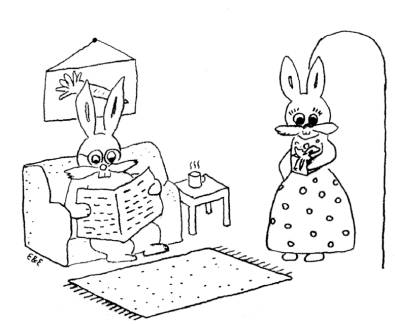5 – 7 minutes
Imagine if you will that you had the following day: [from Mindset]
It’s a rainy Monday morning. You have a History class to go to. History is your favorite subject and you’ll be getting your midterm essay back today. You’re pretty pleased with how you think you did and are expecting an A. The teacher hands you back your paper and you look at the top and instead see a C+. After class, you head back to your car and there’s a little yellow sticker on the windshield. It’s a parking ticket for $300. You head home and call your best friend to get some sympathy and she sort of blows you off.
Now, what would be going through your head?
Maybe you’d think: “I’m so stupid to park somewhere where I’d get a ticket. I’m going to go home and mope. Life stinks.”
Or maybe you’d think “At least it was only a midterm and a C+ is a long way from an F… so I need to work harder to pull up the grade, be more careful parking, and talk with my friend to see if anything’s going on.”
The reason I bring up this story isn’t just to say “hey, don’t sweat the small stuff”. The point is to ask the question “why doesn’t it seem like small stuff to begin with?”
I’m reading a book now called Mindset that I think provides a clue to the answer. It describes two different beliefs that somebody can have about the world – one she calls a fixed mindset and the other a growth mindset. If you have a fixed mindset, you believe it’s not possible to change basic qualities like intelligence and personality. If you have a growth mindset, that doesn’t necessarily mean that you believe anybody can become an Einstein or Beethoven, but that you believe you can’t really know until you try.
If I think “I parked somewhere where I’d get a ticket and that means I live in a universe where I’m a stupid person”, that’s pretty bad news. If I think “Note to self: check the parking signs” then at least the only thing I have to worry about is the $300.
One of the points she made that really resonated with me is the difference in how effort is viewed from each of the mindsets. From a fixed mindset, effort is a bad thing. If you get an A without effort that says you’re a really super smart person. If you spent a lot of effort, you’re not such a smart person. So ironically, people with a fixed mindset spend a lot of effort trying to appear as if they didn’t spend much effort.
People with fixed mindsets aren’t necessarily less confident but their confidence is more fragile. Researchers did a study where they took a group of employees learning computer skills. Half of the people were randomly put in a group that was told that computer skills were all a matter of how much natural ability they possessed and half of them were told that computer skills could be developed through practice. The people in the growth mindset group became more and more confident as they learned from mistakes and improved. The people in the fixed mindset group became less and less confident as they made mistakes. The more they learned the less confident they got. So it’s not just an innate quality of confidence, a different belief can lead you down one path or another.
There’s another mindset that can play an important role in learning too.
Raise your hand if you believe you learn better if you know you’re going to have to teach somebody else what you learned.
[I definitely feel I do too and… | For kids…]
Researchers have collected some evidence that kids learn better if they’re in a teaching mindset. The researchers created some software that they named Betty’s Brain. It allowed you to create maps of concepts. For example if the children are learning that the body can increase its temperature by shivering they could create a box for body temperature and a box for shivering and draw an arrow from shivering to temperature and mark it to say shivering increases body temperature. The children were divided into 2 groups with one of them was told that they were using the software to organize their own understanding and one of them was told that they were using it to teach Betty. The children that were put into the teaching mindset scored significantly higher. Not only that, they showed greater motivation. They spent more time revising the boxes and arrows. And they showed more interest according to instruments measuring skin conductance.
Every teacher in the world probably says something along the lines of “work hard and you can improve”, but giving children a visualization of how their brains improve can help them to really believe this truth and that we really don’t know how far they can go.
In concluding, I think it’s an exciting time for education. It’s not just about moving to e-Books and children carrying around less dead tree mass. It’s also about improving the psychological aspects of learning and putting children (and of course this can apply to us too) into mindsets that will lead to more growth.





